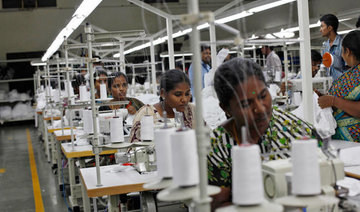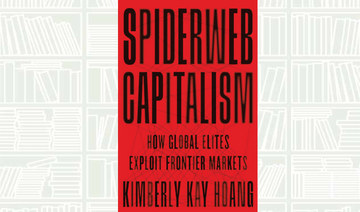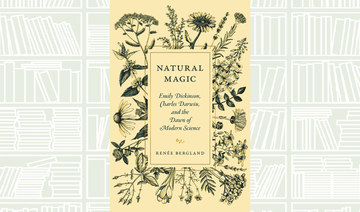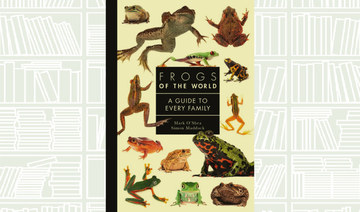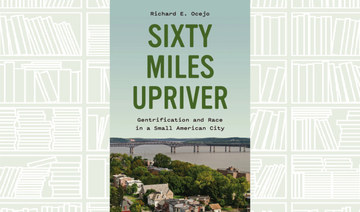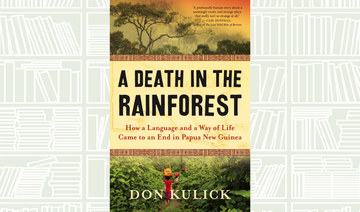CHENNAI, India: A crime thriller about the death of an activist rescuing women from exploitative work conditions in garment and textile factories in southern India has become an unlikely bestseller among those campaigning for workers’ rights.
The 300-page debut novel by a lawyer from Coimbatore, a district in Tamil Nadu state, is being used as a “manual” to understand forced labor in an industry that employs an estimated 45 million workers.
“The book is a page turner and each chapter unveils the history of exploitation in the spinning mills and factories,” said Karrupu Samy, director of READ, a charity that works with garment workers in the Erode district of Tamil Nadu.
“It takes you to the root of the problem and we want workers and campaigners to read it so they understand the dynamics of this industry.”
Much of India’s $40 billion garment and textile industry operates informally and is poorly regulated.
Vulnerable workers, nearly three quarters of them women, have limited or no legal protection and few formal grievance mechanisms, campaigners say.
When lawyer Ira Murugavel sat down to write “Sempulam” (Desert Land), he thought of some of his clients — workers fighting for their wages.
His book, written in Tamil, opens with the police investigating the circumstances of the death of an activist near a spinning mill.
As the witnesses are called and suspects interviewed, each chapter of the book highlights the abuse workers face, the low wages and the long working hours spent weaving and stitching for global brands.
Murugavel grew up watching the growth of “exploitative” factories that dot Coimbatore, where he studied and now practices law.
“When you grow up in this region, you cannot ignore the industry. Everyone knows someone connected to the mills and everyone knows about the exploitation,” Murugavel told the Thomson Reuters Foundation in a phone interview.
“I always wondered why girls went to work in these sweat shops.”
Partly anecdotal, the book captures the change in the industry from being a “well-paying, lifelong” employment option to the “camp coolie system” of bonded labor.
“Mill managements have promised lump sum payment at the end of three years of employment, forcing young girls to work without the option of quitting,” Murugavel said.
The book is being widely circulated in western Tamil Nadu, where Namakkal, Coimbatore, Tirupur, Karur, Erode and Salem districts are referred to as the “Textile Valley of India.”
“We are recommending the book to both volunteers and workers,” Samy said.
“Many working in this industry today don’t understand the genesis of the exploitation. If they do, they will find a way out.”
Indian crime thriller shines spotlight on garment sector exploitation
Indian crime thriller shines spotlight on garment sector exploitation
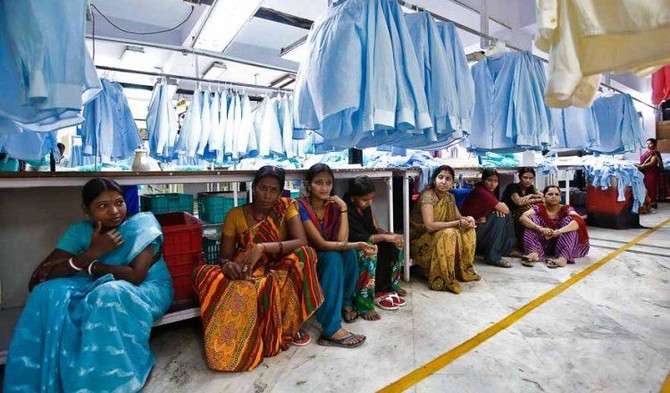
What We Are Reading Today: ‘The Little Book of Beetles’
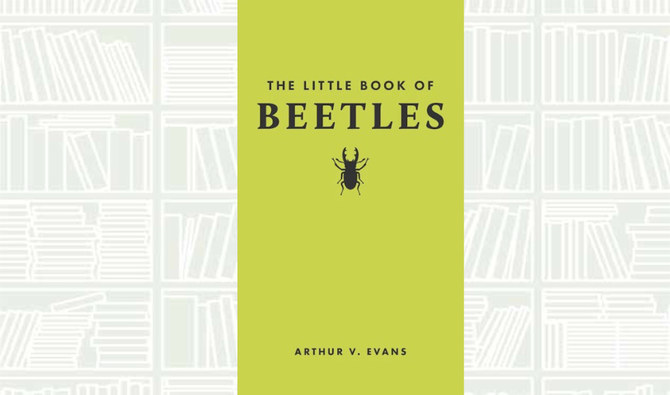
Author: ARTHUR V. EVANS
Packed with surprising facts, this delightful and gorgeously designed book will beguile any nature lover. Expertly written and beautifully illustrated throughout with color photographs and original color artwork, “The Little Book of Beetles” is an accessible and enjoyable mini-reference about the world’s beetles, with examples drawn from across the globe.
It fits an astonishing amount of information in a small package, covering a wide range of topics — from anatomy, diversity, and reproduction to habitat and conservation.
What We Are Reading Today: Spiderweb Capitalism: How Global Elites Exploit Frontier Markets
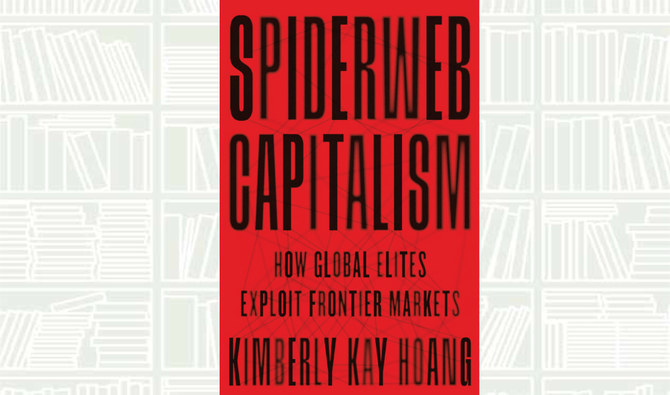
- Hoang reveals the strategies behind spiderweb capitalism and examines the moral dilemmas of making money in legal, financial, and political gray zones
Author: Kimberly Kay Hoang
In 2015, the anonymous leak of the Panama Papers brought to light millions of financial and legal documents exposing how the superrich hide their money using complex webs of offshore vehicles. Spiderweb Capitalism takes you inside this shadow economy, uncovering the mechanics behind the invisible, mundane networks of lawyers, accountants, company secretaries, and fixers who facilitate the illicit movement of wealth across borders and around the globe.
Kimberly Kay Hoang traveled more than 350,000 miles and conducted hundreds of in-depth interviews with private wealth managers, fund managers, entrepreneurs, C-suite executives, bankers, auditors, and other financial professionals. She traces the flow of capital from offshore funds in places like the Cayman Islands, Samoa, and Panama to special-purpose vehicles and holding companies in Singapore and Hong Kong, and how it finds its way into risky markets onshore in Vietnam and Myanmar.
Hoang reveals the strategies behind spiderweb capitalism and examines the moral dilemmas of making money in legal, financial, and political gray zones.
Dazzlingly written, Spiderweb Capitalism sheds critical light on how global elites capitalize on risky frontier markets, and deepens our understanding of the paradoxical ways in which global economic growth is sustained through states where the line separating the legal from the corrupt is not always clear.
What We’re Reading Today: Work Life Well-lived
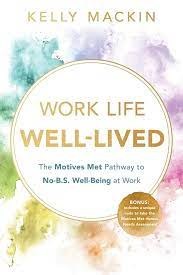
Author: Kelly Mackin
This book will disrupt how you think about creating your best work life and workplace and give you a road map to get you there, says a review published on goodreads.com.
Through years of research and truth-finding, Kelly Mackin and her company, Motives Met, have discovered a completely new mindset and approach around what well-being at work is all about, how to get there, and why it’s so important that we do get there.
This book is a personal guide and a call to action for a shift in our approach to work.
What We Are Reading Today: Natural Magic
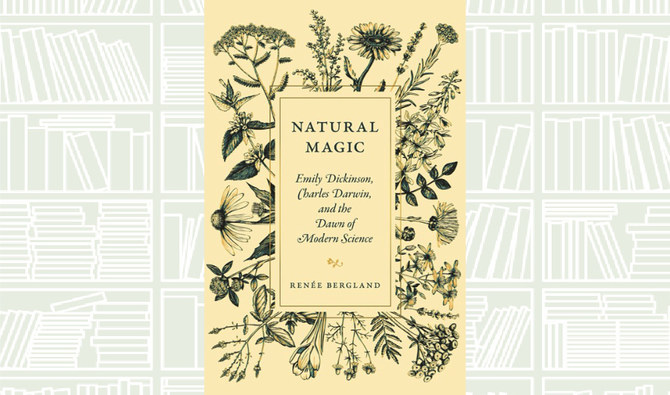
Author: Renee Bergland
Emily Dickinson and Charles Darwin were born at a time when the science of studying the natural world was known as natural philosophy, a pastime for poets, priests, and schoolgirls.
The world began to change in the 1830s, while Darwin was exploring the Pacific aboard the Beagle and Dickinson was a student in Amherst, Massachusetts.
“Natural Magic” intertwines the stories of these two luminary 19th-century minds whose thought and writings captured the awesome possibilities of the new sciences and at the same time strove to preserve the magic of nature.
What We Are Reading Today: Frogs of the World: A Guide to Every Family
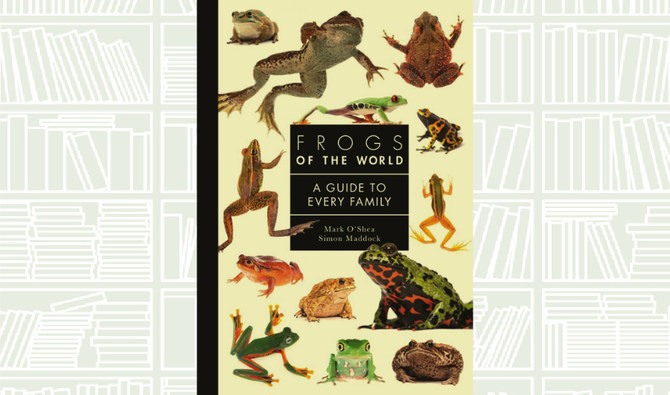
Authors: Mark O’Shea & Simon Maddock
With more than 7,600 known species, frogs exhibit an extraordinary range of forms and behaviors, from those that produce toxins so deadly that they could kill a human many times over to those that can survive being frozen in ice.
“Frogs of the World” is an essential guide to this astonishingly diverse group of animals. An in-depth introduction covers everything from the origins and evolution of frogs to their life cycles and defense strategies.


